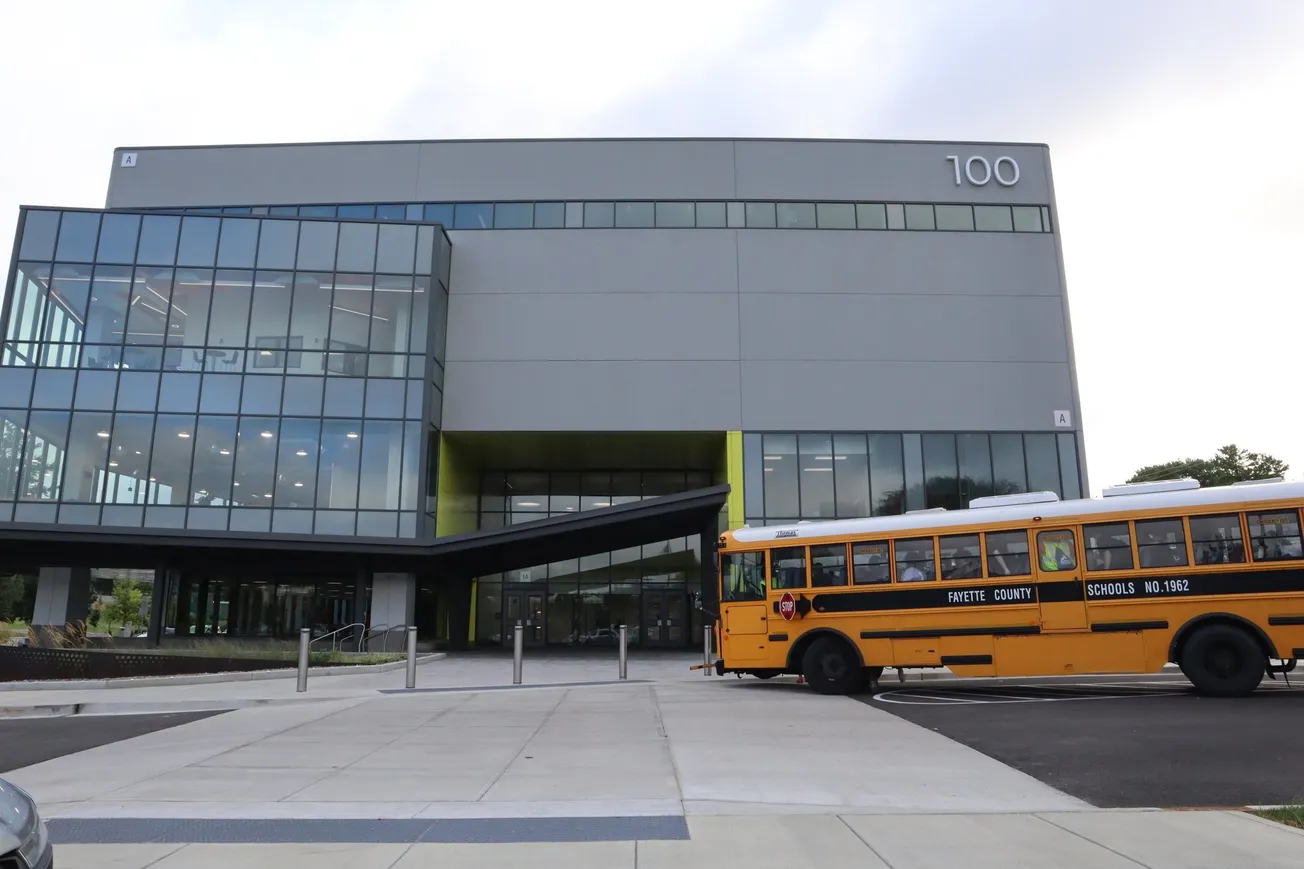Table of Contents
In 2021, Kentucky lawmakers required public school districts to establish non-resident enrollment policies and report them to the Kentucky Department of Education, representing a modest step toward expanded access.
This report examines Kentucky's open enrollment policies, which allow K-12 students to attend public schools outside their assigned district. Kentucky's open enrollment framework is poorly rated compared to other states. The commonwealth permits districts to impose strict limitations on non-resident enrollment, charge tuition, and maintain opaque policies with minimal data collection and transparency.
Following implementation of the requirements imposed in 2021, non-resident enrollment increased from 4.11% to 4.48% of all students (excluding one outlier), adding over 2,500 students—approximately a 10% increase. Independent school districts dominate non-resident enrollment, with the top 20 districts (all independent) enrolling between 25% and nearly 80% non-residents and accounting for over 38% of all non-resident students statewide while representing just 3.3% of total enrollment. In contrast, 22 districts—including Kentucky's two largest, Jefferson County and Fayette County—enrolled less than 1% non-resident students. The report also highlights the growth of online programs, particularly Cloverport Independent's Kentucky Virtual Academy, which attracted approximately 2,800 students before facing regulatory limitations from the Kentucky Board of Education.
Receive Bluegrass Institute updates direct to your inbox.
Key takeaways:
- Kentucky lags nationally in open enrollment: The state ranks poorly (35 states rank higher) due to allowing districts to charge tuition, screen students based on ability, impose strict enrollment caps, and maintain minimal transparency in policies and procedures.
- Independent districts drive non-resident enrollment growth: All 20 districts with the highest non-resident percentages are independent districts, with 38 of 48 districts having at least 10% non-resident enrollment being independent—despite only 51 independent districts existing statewide.
- Online learning faces regulatory barriers: The explosive growth of Cloverport's Kentucky Virtual Academy (serving ~2,800 students) prompted the Kentucky Board of Education to propose enrollment caps that would have forced 3,000 students back to their home districts. Lawmakers ultimately passed a compromise limiting virtual non-resident enrollment to 1% of statewide enrollment through 2028.
Kentucky's approach to open enrollment represents a significant missed opportunity to expand educational options for families. Despite HB 563 (2021) marking progress by requiring districts to adopt non-resident policies, the Commonwealth continues to allow substantial barriers including tuition charges, ability-based screening, and limited transparency that restrict access for many families. The concentration of non-resident students in independent districts—particularly those with robust online offerings—demonstrates clear parent demand for alternative educational options, yet regulatory efforts to curtail these programs suggest resistance from traditional district leadership. To truly serve students and families, Kentucky would benefit from following the lead of the 17 states that mandate open enrollment with minimal restrictions, eliminate tuition barriers, prohibit discrimination based on ability or disability, and require comprehensive transparency and reporting on enrollment processes and outcomes.








